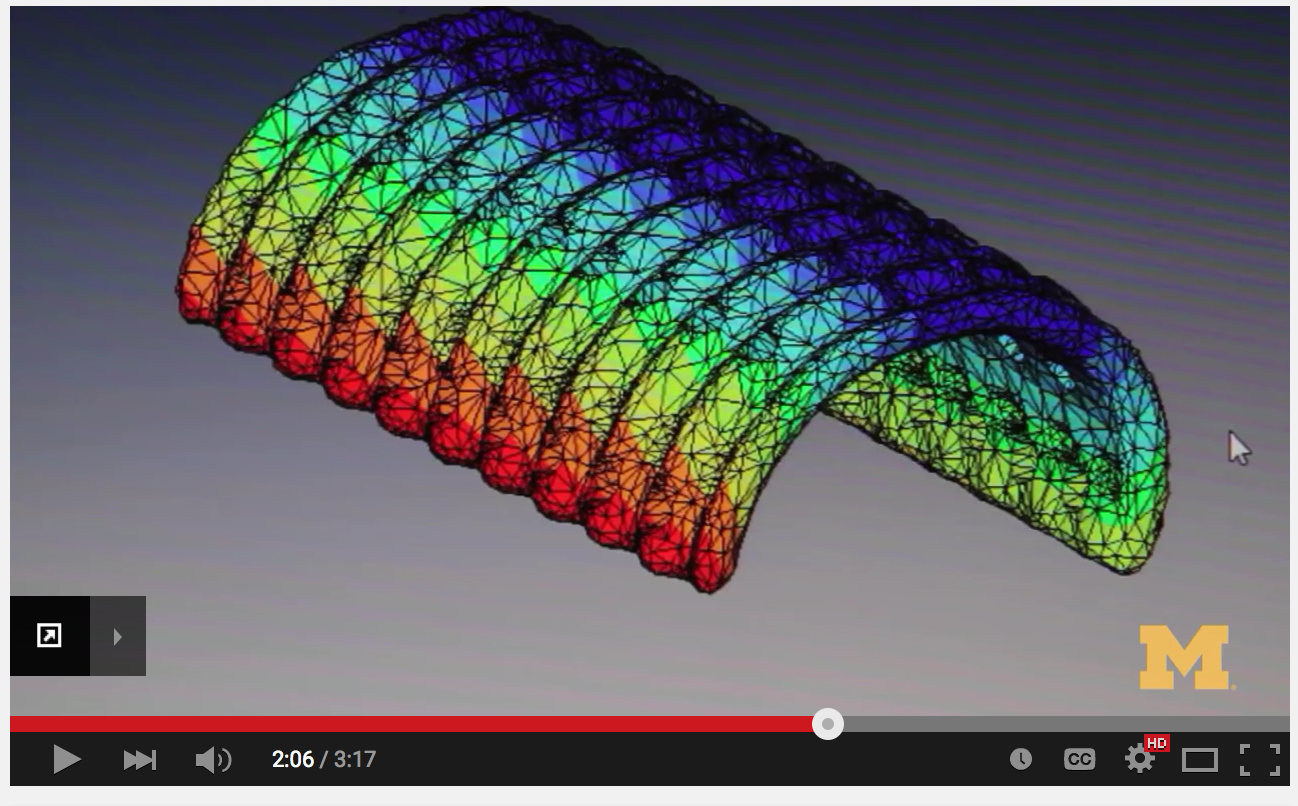
Regulating Point of Care Printed Devices
Point of care 3D printing of medical devices has abundant potential. However, many regulatory uncertainties remain.

Point of care 3D printing of medical devices has abundant potential. However, many regulatory uncertainties remain.

The new European Regulation related to medical devices – as adopted by the European Union (EU) Council on 5 April 2017 – does not provide 3D printing with a specific status, raising questions regarding the regulations applicable to this medical innovation.

Medtech manufacturers are taking advantage of this global opportunity.

The agency addresses design and manufacturing considerations, along with device submissions for product approval.

A peek at the latest miniaturization trends, including nano-robots that transport therapeutics to tumors.

Design freedom, increased accuracy, and customization, are fueling growth.

For 3D printing to thrive in the medical device space, the use of biomaterials must be expanded.
The University of Central Florida and Limbitless Solutions partner to develop the technology and move it into commercialization.
The University of Central Florida and Limbitless Solutions partner to develop the technology and move it into commercialization.
As additive manufacturing comes to the forefront as a disruptive technology, industry continues to speculate about how liability will be shared.
As additive manufacturing comes to the forefront as a disruptive technology, industry continues to speculate about how liability will be shared.
Whether you’re an engineer, designer, or technical tinkerer, here’s a basic road map to a few of the most important aspects of modern 3D printing.
Whether you’re an engineer, designer, or technical tinkerer, here’s a basic road map to a few of the most important aspects of modern 3D printing.